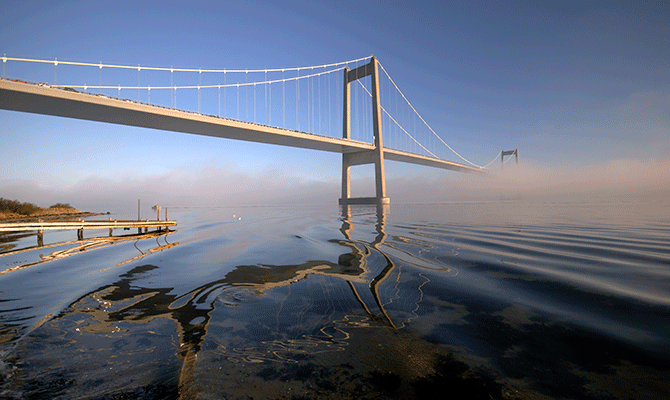The Nordic power system is a mixture of generation sources, where hydro, nuclear and wind power are the main sources. The Nordic region has many energy intensive industries and a large share of electricity heated houses. Therefore the electricity consumption and the electricity’s share of total power use is higher than in the rest of the EU. Development of electricity consumption is highly influenced by the weather during the year, with lower electricity demand in the summer and increased consumption in wintertime. The Nordic countries have a higher share of renewable energy production compared to the rest of EU. Over half of the electricity production is generated from hydropower.
The Nordic electricity market consists of various marketplaces that are “time windows” for physical trading in electricity: the day-ahead market, the intra-day market and the balancing market. In the Nordic countries, the vast majority of trading is done on the day-ahead market (spot market), and the “system price”, which is the common Nordic price for all hours of the next following 24-hour period, is crucial for price formation within the other time windows (the intra-day and balancing markets and the financial market for long-term contracts).
The intra-day market is primarily a correction market, where actors have the opportunity to trade into balance, including adjusting any earlier trading if the forecasts turn out to be wrong. The intra-day market closes one hour before the delivery hour. The balancing market is trading in automatic and manual reserves used by the Nordic transmission system operators (TSOs) in order to maintain power balance during the hour of operation. Nord Pool Spot is responsible for the day-ahead market and the intra-day market, while the TSOs (Svenska kraftnät, Statnett, Fingrid and Energinet) are responsible for the balancing market.

